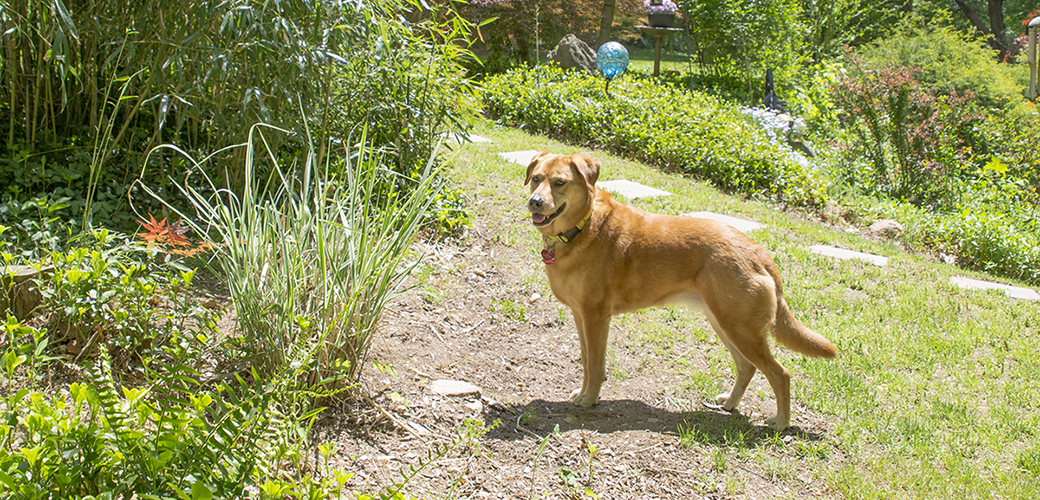
Pressure washing can transform your home’s exterior—from grungy decks to sparkling patios. But if you have pets, there’s an extra layer of concern. 🐾 Loud noise, strong water force, and chemical cleaners can all pose serious risks to dogs, cats, and other furry companions. So how do you get the job done without putting your pets in harm’s way?
In this article, we’ll break down the safest ways to pressure wash around pets, from preparation to cleanup, and offer practical tips to keep tails wagging and whiskers safe. 🧼💧
🐕 Why Pets and Pressure Washing Don’t Mix (By Default)
Let’s start with the obvious: pressure washers are loud, powerful machines. Even light-duty electric models can be frightening to animals—and that’s before you add the risk of flying debris or chemical exposure.
Here are the top dangers to be aware of:
- Noise Anxiety – The high decibel output can cause panic in dogs and cats
- Flying Debris – Stones, mulch, or chipped paint can become projectiles
- Chemical Exposure – Many detergents are not pet-safe
- Slippery Surfaces – Wet areas can lead to slips or paw injuries
- Direct Spray Injuries – High-pressure water can cut skin or damage eyes
Even calm pets can get startled or wander into danger zones if not properly secured. 🧠⚠️
✅ Step-by-Step Safety Guide
Let’s walk through how to pressure wash safely when pets are nearby—whether it’s your own animals or your neighbor’s.
🏡 Step 1: Create a Pet-Free Zone
Before turning on the washer:
- Move pets indoors or to a closed-off room
- Let others in the home know pressure washing is in progress
- If you have a fenced yard, make sure your pet can’t access the area being cleaned
- For smaller animals (rabbits, birds, cats), double-check cages or enclosures are away from any windows or splashing zones
If you’re pressure washing outside a home with indoor pets, close all doors and windows to reduce noise and smell intrusion. 🏠🔒
🎧 Step 2: Minimize Noise Exposure
Some animals are more sound-sensitive than others. Pressure washers can range between 75–100 decibels, which is as loud as a lawnmower or motorcycle.
Tips to help:
- Run the machine during a time when your pet is least anxious
- Play calming music or white noise indoors to help mask the sound
- Give anxious pets a calm space with blankets, toys, or treats
- Let them stay with a friend or in another part of the house while you work
Noise stress can lead to accidents, chewing, or escape attempts—so plan ahead! 🎶🐾
🧴 Step 3: Use Pet-Safe Cleaning Products
Pressure washing is often paired with chemical cleaners. Not all of them are safe for pets.
Look for:
- Biodegradable, non-toxic detergents
- Products labeled “pet-safe” or “safe for use around animals”
- Avoid bleach, ammonia, and harsh degreasers
🌿 Natural alternatives like vinegar-based cleaners or plant-based soaps are safer, but always rinse thoroughly regardless of what you use.
Browse Amazon Here For Popular Pet-Safe Disinfectant Cleaners
🧼 Step 4: Clean Up Thoroughly
Once you’re done pressure washing:
- Rinse the area completely, especially if detergents were used
- Remove or sweep away any dislodged debris or sharp objects
- Let the area dry to reduce slip risks
- Do a paw-check before letting pets back outside—wet surfaces may still contain chemical residues
If using a high-powered washer on concrete or wood, make sure surfaces have cooled before your pet steps on them. Some materials can retain heat. 🌞🚫
🐕 Step 5: Monitor for Unusual Behavior
After the job is done, pay attention to your pets:
- Are they licking their paws or fur excessively?
- Seeming more anxious or withdrawn than usual?
- Acting ill or vomiting?
These could be signs of chemical exposure or stress. If symptoms persist, consult a vet right away. 👩⚕️🐶
🌟 Bonus Tips for Pet Owners
- Never use a pressure washer to clean your pet (yes, some people try!) 🛑
- Avoid letting pets near water runoff if chemicals were used
- Keep hoses and cords out of reach to prevent chewing or tripping
- Pressure wash when pets are away at the groomer or vet to reduce stress
🧽 Safe Alternatives for Pet Areas
Want to clean a kennel, dog run, or pet play zone?
- Use low-pressure settings
- Stick to natural cleaners like vinegar and baking soda
- Scrub by hand with a soft bristle brush
- Rinse thoroughly and allow to dry before reintroducing pets
This ensures you remove dirt and bacteria without harming your pet’s sensitive paws or nose. 🐾✨
✅ Final Thoughts
Pressure washing doesn’t have to be dangerous for pets—but it can be if not done thoughtfully. With a little preparation, some common sense, and a focus on safety, you can keep your home clean and your pets safe and happy.
Here’s your quick safety checklist:
✅ Remove pets from the area
✅ Use pet-safe detergents
✅ Reduce noise stress with sound masking
✅ Rinse thoroughly
✅ Check for post-wash symptoms
By treating your pets with the same care you give your home, you can enjoy sparkling surfaces without any close calls. 🧼🐶💧
Browse Amazon Here For Top Rated Power Washers And Accessories






